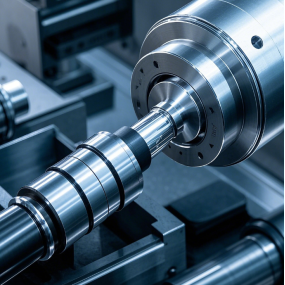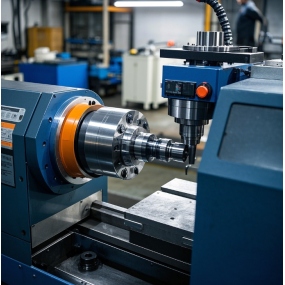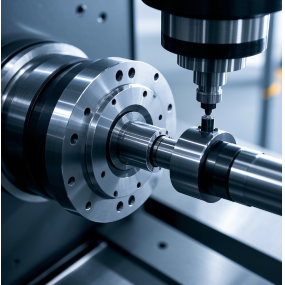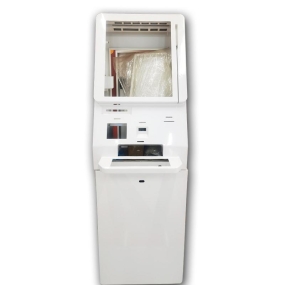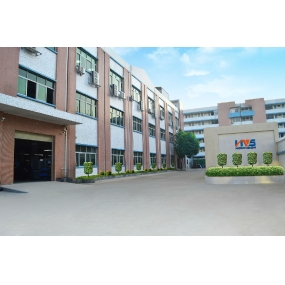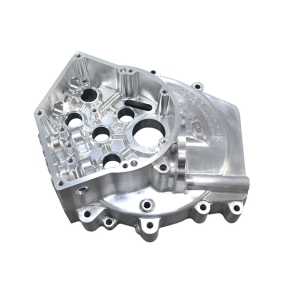High precision CNC Machining is a method of machining using computer numerical control technology, which has higher accuracy and efficiency compared to traditional mechanical machining. It can be applied in various fields, including aerospace, automotive manufacturing, electronic devices, etc., bringing many advantages to the product.
Firstly, high precision is a major advantage of CNC machining. Compared to traditional mechanical machining, CNC machining can achieve higher precision and smaller errors. It can precisely control the trajectory of tool movement and machining depth according to the requirements of product design, making the machined product size more in line with the design requirements. Traditional processing often relies on manual operation, and accuracy largely depends on the experience and technical level of the operators, which can easily lead to errors.
Secondly, high-precision CNC machining is faster. Due to CNC machining being computer-controlled, the machining program can be automatically executed without the need for manual intervention. This can avoid the problems of time delay and low efficiency caused by manual operation. At the same time, CNC machining can perform multiple machining steps simultaneously, greatly improving the efficiency of machining. This is particularly important for enterprises engaged in large-scale production, as it can significantly shorten the production cycle and improve production efficiency.
In addition, high-precision CNC machining has good consistency and repeatability. In CNC machining, the machining parameters of the product are basically controlled by the computer and can be carried out completely according to the design requirements. Therefore, the same product can maintain the same size and shape in different processing batches, with very good consistency and repeatability. Traditional processing often relies on the skills and experience of operators, making it difficult to achieve complete consistency.
In addition, high-precision CNC machining also has the advantage of strong adaptability. CNC machining can be applied to various materials, including metal, plastic, wood, etc. It can adapt to different materials and processing requirements through different cutting tools and processing techniques. In traditional machining, it is often necessary to replace different machine tools and tools, while CNC machining can adapt to different machining needs by changing cutting tools and adjusting machining programs.
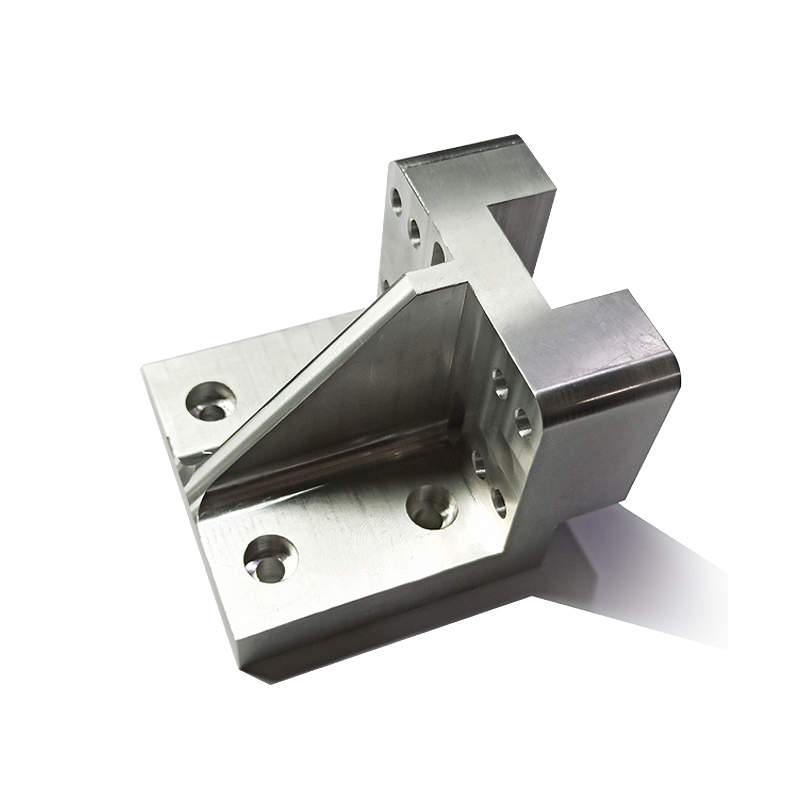
In addition, high-precision CNC machining also has better safety and reliability. In CNC machining, most operations are controlled by computers, which can achieve automated machining and avoid safety hazards caused by manual operations. Most CNC machining equipment is also equipped with automatic monitoring and alarm systems, which can monitor abnormal situations during the machining process in real time and issue timely alarms. This can improve the safety and reliability of work and reduce the occurrence of accidents.
Finally, high-precision CNC machining can also reduce labor costs and enhance the competitiveness of enterprises. Due to the fact that CNC machining can achieve automated production and reduce the need for manual operations, it can greatly reduce labor costs. Compared to traditional machining, CNC machining requires fewer personnel and relatively lower technical requirements. This can alleviate the labor pressure on enterprises and enhance their competitiveness in the market.
In summary, the advantages of high-precision CNC machining mainly include high precision, high efficiency, good consistency and repeatability, strong adaptability, safety and reliability, and reduced labor costs. These advantages make CNC machining an indispensable part of modern manufacturing, which is of great significance for improving product quality, increasing production efficiency, and reducing costs. With the continuous advancement of technology, CNC machining technology will become more intelligent and efficient, bringing more new advantages to products.


 Spanish
Spanish Arabic
Arabic Spanish Basque
Spanish Basque Portuguese
Portuguese Belarusian
Belarusian Japanese
Japanese Russian
Russian Icelandic
Icelandic Bulgarian
Bulgarian Azerbaijani
Azerbaijani Estonian
Estonian Irish
Irish Polish
Polish Persian
Persian Boolean
Boolean Danish
Danish German
German French
French Filipino
Filipino Finnish
Finnish Korean
Korean Dutch
Dutch Galician
Galician Catalan
Catalan Czech
Czech Croatian
Croatian Latin
Latin Latvian
Latvian Romanian
Romanian Maltese
Maltese Malay
Malay Macedonian
Macedonian Norwegian
Norwegian Swedish
Swedish Serbian
Serbian Slovak
Slovak Slovenian
Slovenian Swahili
Swahili Thai
Thai Turkish
Turkish Welsh
Welsh Urdu
Urdu Ukrainian
Ukrainian Greek
Greek Hungarian
Hungarian Italian
Italian Yiddish
Yiddish Indonesian
Indonesian Vietnamese
Vietnamese 简体中文
简体中文 Haitian Creole
Haitian Creole

